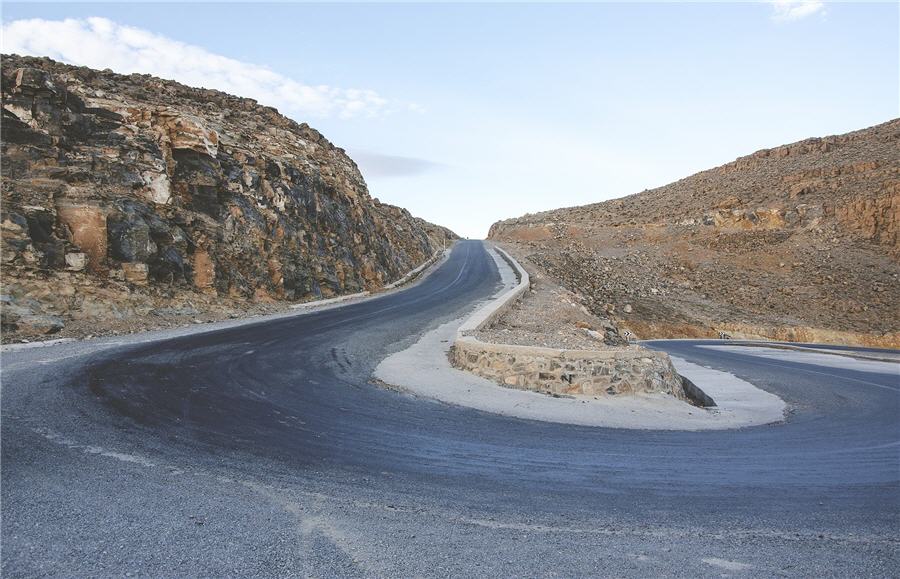Education for a more sustainable mining future

“…the objectives of an observation give meaning to what defines sustainable mining. Thus, the observations of host local communities in terms of cultural values and economic livelihood, which is linked to environmental endowments, inform their perceptions of sustainable mining. The profit and revenue interests of both governments and industry players inform their definitions of what sustainable mining pertains. In this regard, building consensus on what sustainable mining pertains requires a dispassionate academic analysis and model building.” [Horowitz, L. Section 2: Mining and sustainable development. J. Clean. Prod. 2006, 3, 307–308]
That’s the ‘why’. ‘How’ we get to the point where there is real consensus around sustainable mining development is going to take commitment, hard work, and probably just a few mindset changes. After all, there’s far more to sustainable mining than just the mineral extraction process. We touched on some of the ‘must haves’ when it comes to creating consensus for building a more sustainable mining industry in a previous article.
Ultimately, sustainable mining is about encouraging balance between all involved stakeholders across social, environmental, economic and governance factors. Reaching that goal though demands educated and impartial analysis of all these areas followed by equally as impartial model building based on those analytics.
Ultimately, sustainable mining is about encouraging balance between all involved stakeholders across social, environmental, economic and governance factors
One proposed framework for developing project-specific background understanding of sustainable mining advocates the use of assessment tools built on ‘community engagement’ across a range of metrics. These metrics include research, economic valuations, and environmental monitoring. However, the model presupposes a certain degree of local experience and expertise in research and environmental monitoring, which may not always be available. It is a start in the right direction though.
Is improved environmental literacy the answer?
Given that the health of the environment plays a pivotal role in the both the social and economic health of local communities, it makes a lot of sense to think that improving environmental literacy is at least part of the answer! There are parts of the world where a lack of skills in this area is contributing to unsustainable development with serious implications for affected communities.
Therefore, developing education programs to create / improve community environmental literacy, particularly in countries that rely heavily on mineral resources, are definitely a good idea. The SPEAK program in Afghanistan is one such initiative implemented by the UN.
To work effectively though any environmental literacy program must be both local and regional in scope to ensure the policies that evolve from them are broad and sustainable in the wider context. Some of the topics that ideally should be incorporated into these programs include education about:
- Links between geology and human health – the field of medical geology is attracting a lot of interest as we strive to better understand the effects of the geology of our natural surroundings on human and animal health. For example, some types of health issues attributed to mining activities are also indicative of the local geology. Those same activities in a completely different geological setting may not cause the same problems, or not to the same extent.
- Successful agricultural rehabilitation of old mines and waste areas
- Development / reestablishment of viable livestock grazing land post mining
The latter two are particularly valuable because they’ll help create sustainable livelihoods for communities once mining operations cease.
Ideally, environmental literacy training will involve relevant case studies and active hands on problem-solving scenarios that strengthen local capacity for both planning and protecting their own ecosystems. Ultimately, the more the locals understand what they’re dealing with, and the repercussions for their social, environmental and economic systems, the better equipped they are to bring valid, and valuable, contributions to the consensus discussion table.
The development of livestock grazing land, for instance, may involve grazing trials on recently reclaimed land to ensure adequate grazing and nutrition for the stock and, importantly, measure levels of mining chemicals in the products produced from the livestock. This type of first-hand exposure to cause and effect links between mining and local ecosystems will help educate and motivate local communities to play a more educated role in decisions about mining activities that affect them.,
Pathways to community environmental learning
There’s no doubt that modern diagnostic technologies like earth observatory satellite systems and geographic information systems are making their presence felt via dispassionate assessments of mining’s footprints across local landscapes. These and other similar technologies have already been used in studies (some community initiated) to assess how local land use is being affected by large-scale surface mining in countries like Ghana and Tanzania. When combined with local knowledge and perceptions, the result is a powerful tool that can be used to improve:
- the mining sector’s performance across environmental, social and economic sustainability metrics,
- how local communities contribute to discussions about sustainable mining operations around these same metrics,
- overall stakeholder motivation for building cohesive agreement about sustainable mining
Using environmental technology effectively requires training. Working on the premise that environmental literacy programs can be established, they should include training around topics like:
- Understanding geographic information
- Digital data management
- Deployment and operation of drones
- GPS use
- Mobile communications
- Spectral signatures of relevant chemicals, minerals, and environmental characteristics
This would equip communities with the skill sets to proactively get involved in monitoring and assessing local mining activities. If companies know that locals can, and will be, keeping a technologically watchful eye out for environmental irregularities on or around their operations, they’re far more likely to ‘care’ about what they’re doing. Indeed, mining companies should be welcoming this interaction because it will act as a back up to their own environmental monitoring systems!
Involving the education system
Getting academic institutions on board is a logical way to help ensure this happens in a systematic and effective manner, especially if mandated by official government policy. It also complies with UNESCO’s ESD program, which recognises the need for people to be educated in specific competencies that lead them to a greater understanding and awareness of sustainability,
Currently, most tertiary institutions that offer mining degrees provide minimal training in sustainable mining, or none at all
To this end, places of learning in countries with active mining industries must develop basic courses within their syllabus that train people in the collation, use, and understanding of environmental technologies and geographic information. Further, the course content must be presented in ways that teach students to actually think and behave in sustainable ways. This may be through workshops, observation assignments, case studies, hypothetical scenarios, and the like.
Why get the training?
This type of training is essential for future mining industry employees, interested community members, and government employees.
Future mining employees, once trained to be more ‘sustainability sensitive’, can become information contacts and liaison officers between mining companies and local communities and thus facilitate meaningful dialogues between affected stakeholders. They can also perform their jobs within the industry with an increased awareness of the sustainability aspects of policy decisions, and development and operational processes.
Community member graduates could get involved in independent advisory groups dedicated to sustainable mining development that provide advice to stakeholders and keep local communities ‘in the loop’. They could also bring local (indigenous) knowledge to the negotiation table, bridge the divide between mining companies and communities, and get involved in SLO’s (social licence to operate).
Likewise, government employees tasked with the responsibility of overseeing mining operations would understand the technologies involved and the information they produce. This would help create greater awareness of sustainability and environmental accountability at bureaucracy level, leading to more environmentally, socially, and economically responsible policy decisions.
Further to these educational initiatives, governments must consider formalising ie legislating requirements for mining companies to share the geographic information they collect with primary and secondary stakeholders. These stakeholders can then use the information both to further their understanding of a project’s sustainability and to monitor its environmental impact (which is where training to be able to do this is essential). Mining jurisdictions that allow mining companies to keep this type of pivotal information ‘out of the public eye’ are paving the way for secrecy, misinformation, cover-ups, and potential disaster.
The current situation
Currently, most tertiary institutions that offer mining degrees provide minimal training in sustainable mining, or none at all. This is particularly the case in developing countries that ironically rely heavily on their resource sector. However, if we’re to change the future, we must change the way we do things in the present. At present, the way we’re doing things on the education front is not significantly contributing to the development of future generations that can ‘think and behave in sustainable ways’ in relation to mining.
(This article first appeared in Mining International Ltd.)
{{ commodity.name }}
{{ post.title }}
{{ post.date }}


Comments